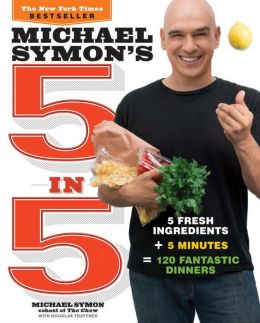Friday was Endangered Species Day 2018! Based on discussions with students in my environmental science classes, there are a few misconceptions about endangered species and the endangered species act. To celebrate the big day, let's take a look at (and hopefully dispel) these myths:
Misconception #1 --
Species have always gone extinct, so we don’t need to worry right now. True, species have always gone extinct. Scientists are not concerned about the fact of extinction; it’s the
rate of extinction that is a concern. The USFWS, in its pamphlet “Why Save Endangered Species?”, states “Biologists estimate that since the Pilgrims landed at Plymouth Rock in 1620, more than 500 species, subspecies, and varieties of our Nation’s plants and animals have become extinct.” Wow! Current estimates of the current rate of species extinctions are 100 to 1000 times the natural rate which is estimated to be between 1 every year to 100 years. That means that we’re living in a time of mass species extinction, comparable to the extinction of the dinosaurs. Scientists refer to this period as the Anthropocene, the only mass extinction believed to be caused primarily by humans.
Misconception #2 -- Losing a species won’t affect humans. Species diversity is a critical element in ecosystem health. “
Species diversity” is how many different species are found in a habitat and in what proportion they’re found. Some habitats have greater species diversity than others – think rainforest – but all habitats are healthiest when they contain as many different species as they can sustain. Think of a habitat as a fishing net, with each species being piece of rope that connects to other pieces to form the net. If one of the pieces of rope breaks and leaves a small hole, the net can probably be fixed and reused. But what if half the net is torn? It won’t be very usable. The same thing happens in a natural habitat; remove too many species and the habitat ceases to function. How many species can be lost, before the habitat doesn’t function? No one knows – is it an experiment we’re willing to try? The habitats around us provide many services such as medicinal and agricultural resources, clean water and air, and recreation. Healthy habitats benefit humans – they’re a necessity, not a luxury.
Misconception #3 – Once a species is on the endangered species list, it never comes off. Incorrect! Protections under the U.S. Endangered Species Act have led to the recovery of several species or populations of species, including the gray whale, the
bald eagle, the
brown pelican, and the
gray wolf.
Misconception #4 – Pollution is the greatest threat to biodiversity. Actually, habitat loss is the greatest threat to biodiversity. With 7 billion humans on the planet, we take up a lot of space and we’re changing a lot of habitat to new uses.
Misconception #5 – There’s nothing I can do to protect the Earth’s biodiversity. In order to protect biodiversity and endangered species, we all have to make conscious choices about how we use resources. Check out the “low hanging fruit” section as a start. Visit
www.myfootprint.org to discover new ways of decreasing your carbon footprint. Get involved in deciding how our country produces energy – research the issue and write to your political representatives. One final thought from famous biologist E.O. Wilson, "A very Faustian choice is upon us: whether to accept our corrosive and risky behavior as the unavoidable price of population and economic growth, or to take stock of ourselves and search for a new environmental ethic." (From Brainy Quote: <
http://www.brainyquote.com/quotes/authors/e/e_o_wilson_2.html#ixzz1i9a6zlii>)








